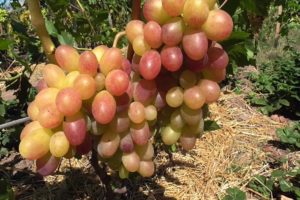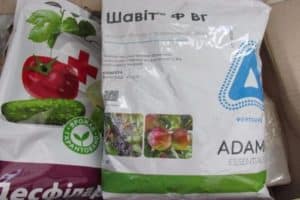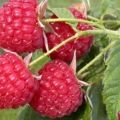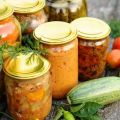Description of Kokur grapes, planting and cultivation rules
Kokur grapes are considered high-yielding. Its bushes develop quickly and give large fruits with excellent taste. To succeed in growing a crop, it is worth providing it with complete and high-quality care. It should include timely pruning and fertilization. Weeding, preparation for winter, protection from diseases and pests are of no small importance.
Description and characteristics of Kokur grapes
This variety is considered high yielding. Its bushes are characterized by rapid development and rapid maturation of the vine. The plant is decorated with large curly leaves, which include 5, 7 or 9 lobes. They are characterized by a large dissection. Below, the leaves are covered with dense fluff with small bristles.
The flowers are bisexual. Therefore, the variety is distinguished by excellent productivity and without additional pollinators. The bunches are conical and large in size. They are characterized by an average density.
The weight of the brushes reaches 160-200 grams. With timely watering, they can grow up to 350 grams. The berries are large and yellow-green in color. They are characterized by an oval shape. Inside is juicy pulp. Each berry contains 2-3 seeds.
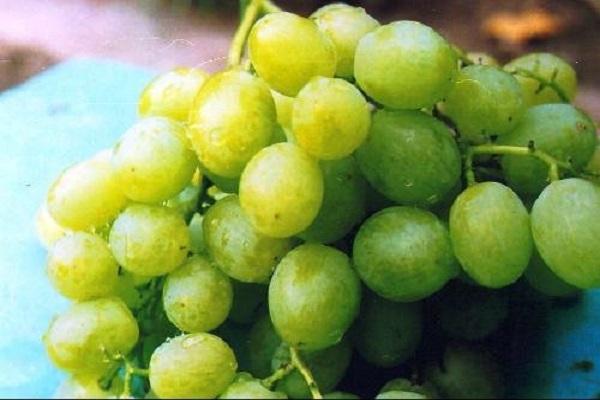
The advantages and disadvantages of culture
The main advantages of the plant include the following:
- excellent taste;
- high productivity;
- frost resistance;
- versatility of fruits.
The disadvantages of the plant include susceptibility to disease and pest attacks. The bush may interfere with the development of mildew and oidium.
Cultivation rules of the variety
To succeed in the cultivation of Kokur grapes, it is worth considering many important features.
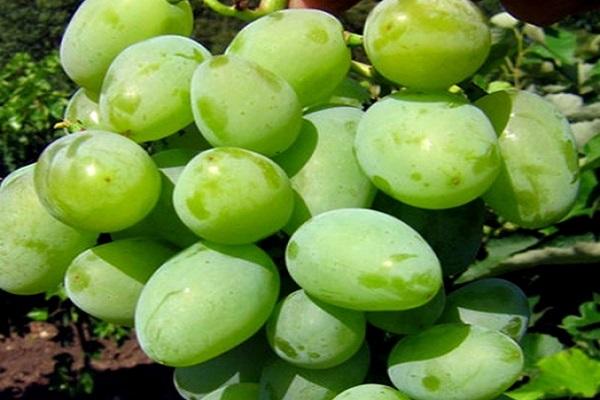
Choosing a landing site
It is recommended to plant grapes from the south or west side of buildings. For normal development, culture needs sufficient light and warmth.
It is best to plant the bush in the middle of the slope.
Preparation of planting material
To choose planting material, you should focus on the following signs of a quality plant:
- the root cut should be white, not brown;
- with full maturation of an annual shoot, its cut is rich green;
- if you touch the peephole, it must remain in place;
- it is important that the bush is not overdried.
In order for the plant to quickly adapt to new conditions, it should be placed in clean water for 12-24 hours before planting.An annual shoot is recommended to be cut by 3-4 eyes. On the upper nodes, all the roots are removed, and on the lower ones, they are slightly shortened.

Landing technique
For planting a plant, it is worth making a hole 80x80x80 centimeters in size. In the center, it is recommended to make a hill and install a bush on it. Sprinkle with soil and tamp it. After which it is recommended to water the bush abundantly.
Plant care recommendations
In order for the plant to bear fruit abundantly, it must be well looked after. This will ensure the rapid development of the bush.
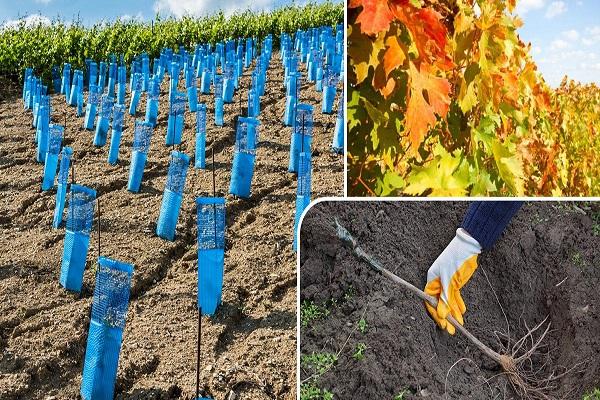
Watering and feeding
For the first time, the plant is watered after the shelter has been removed for the winter. 1 bush will require 40 liters of water. The second watering is carried out a week before flowering, the third - after its completion. When the fruits begin to ripen, watering will have to be abandoned. The last time the soil is moistened 7 days before the shelter for the winter.
Dry fertilizers are applied immediately after cleaning the insulation layer after winter. To do this, 45 grams of nitrogenous substance, 30 grams of potassium, 40 grams of superphosphate are used for 1 bush. Around the plant it is worth making a groove into which the nutrient composition is introduced. Then it is sprinkled with a layer of earth.
For the second time, the bush is fed 7-10 days before flowering. For this, a solution of dung or manure is used. It is also worth adding 15 grams of potash and 25 grams of superphosphate to it. For 1 bush it is worth taking 10 liters of useful composition.
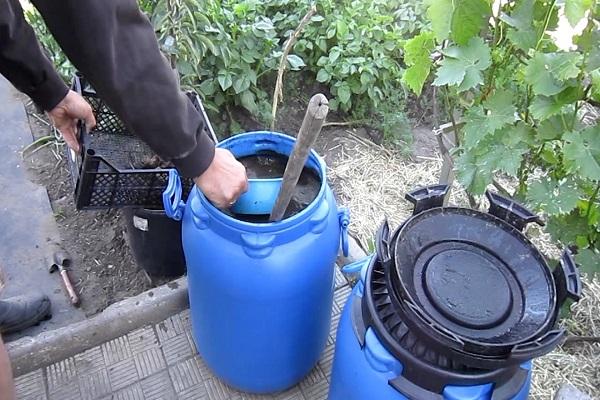
As the fruit ripens, it is recommended to add 50 grams of superphosphate and 20 grams of potassium substance under each bush.
Also, grapes need foliar dressing. They are combined with spraying the bushes from mildew. The composition of the nutrient mixture may include substances such as potassium, nitrogen, phosphorus. You can also use additional elements that the bush needs. These include zinc, molybdenum, manganese, copper.
It is best to use ready-made preparations for this purpose, which contain a set of necessary elements. These include Aquarin, Kemira, Novofert.
Products with nitrogen content can only be used until mid-summer. If this rule is violated, there is a risk of delayed fetal development.

Pruning
For this variety, a 2-3-sleeve formation is suitable. It is performed on a high trunk. In this case, experts advise to carry out a long cut. There should be more than 6-9 eyes on the fruit vine.
Preparing for the winter period
The culture lacks frost resistance. In the steppe Crimea there is a risk of freezing of half of the eyes on open bushes. At the same time, in the east of the southern coast of Crimea, the bushes tolerate winter normally.
To avoid freezing of the plant, it is necessary to properly prepare it for winter. To do this, pruning is carried out and shoots are laid in trenches, covered with spruce branches or special material. When snow falls on the surface of the bush, you can form a snowdrift.
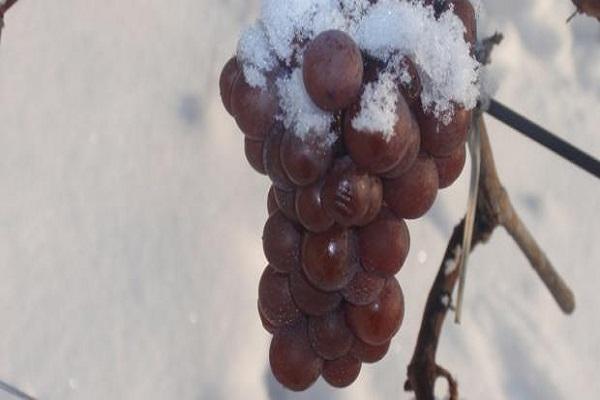
Disease and pests
The grape variety is susceptible to powdery mildew and mildew. First of all, the upper parts of the shoots, inflorescences and bunches suffer from diseases. Bordeaux liquid and fungicides will help to cope with problems. Also, the plant can suffer from the bunchy leafworm. Insecticidal preparations help to destroy parasites.

Harvesting and storage
The variety has an average ripening period. It is recommended to cut off the bunches with a sharp secateurs, and put them in small boxes.
The fruits are versatile. They are actively used for fresh consumption. Kokur is also used to make juices, cognac, champagne. In Crimea, table and dessert wines are produced.
The Kokur grape is highly popular because it produces delicious and aromatic fruits. Berries are universal. To get a bountiful harvest, it is important to provide the bushes with adequate care.
